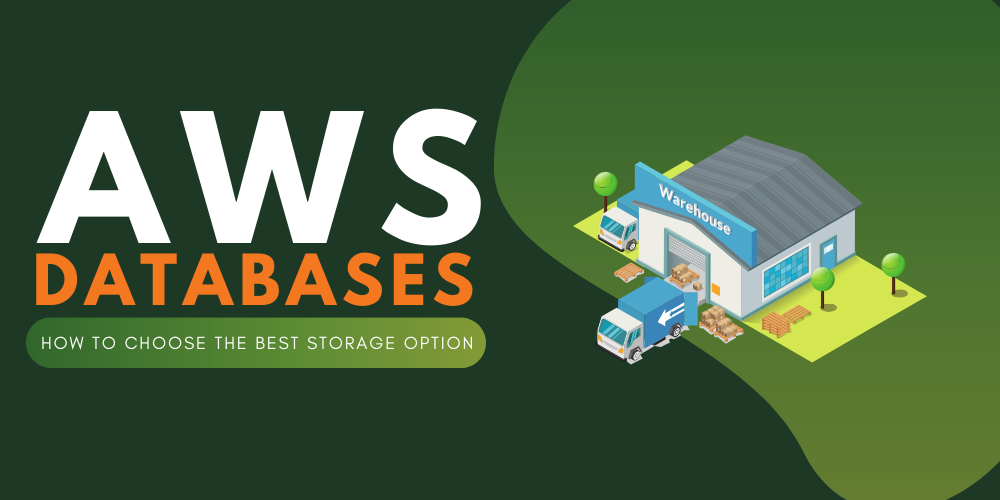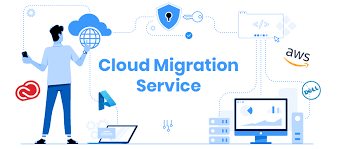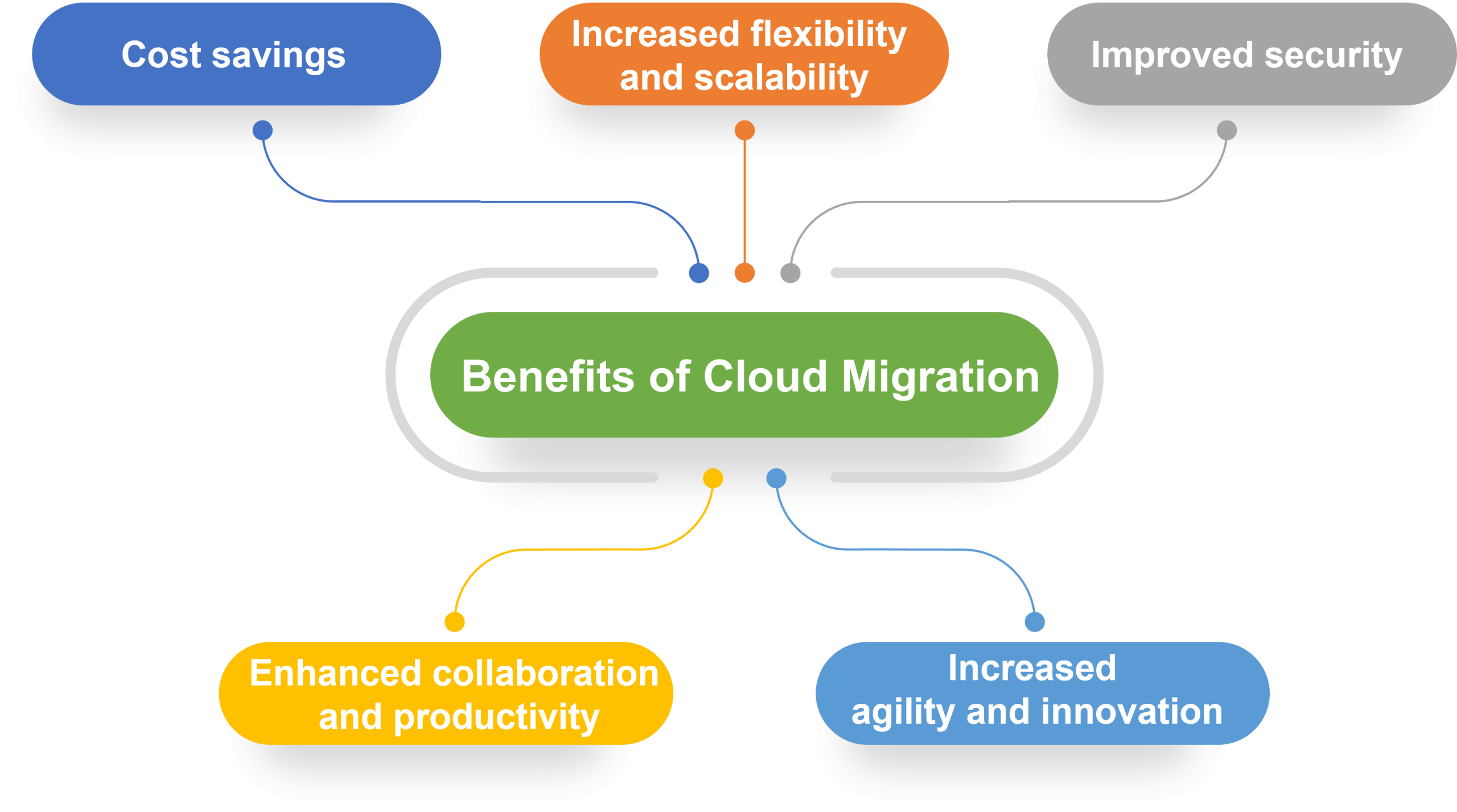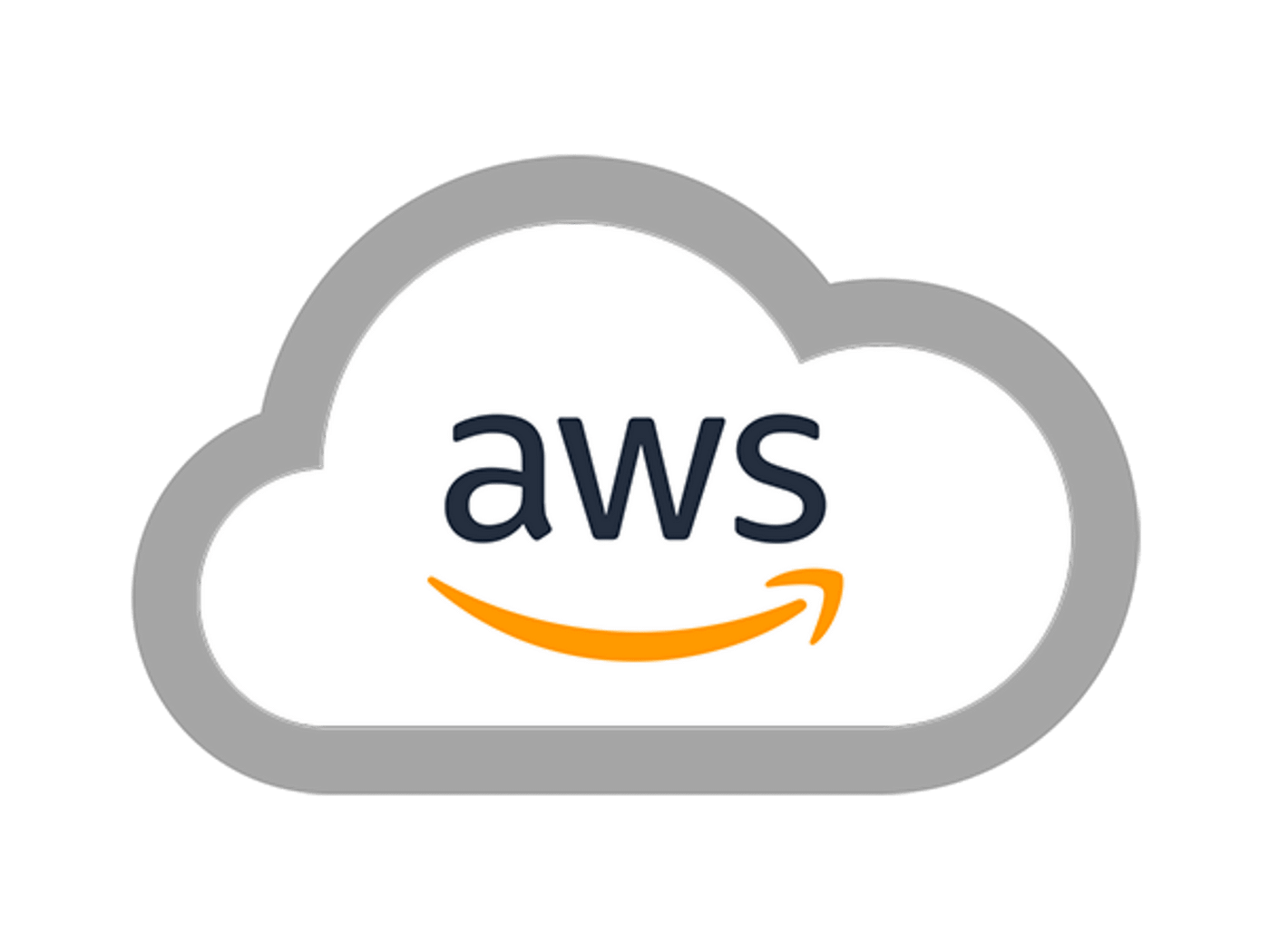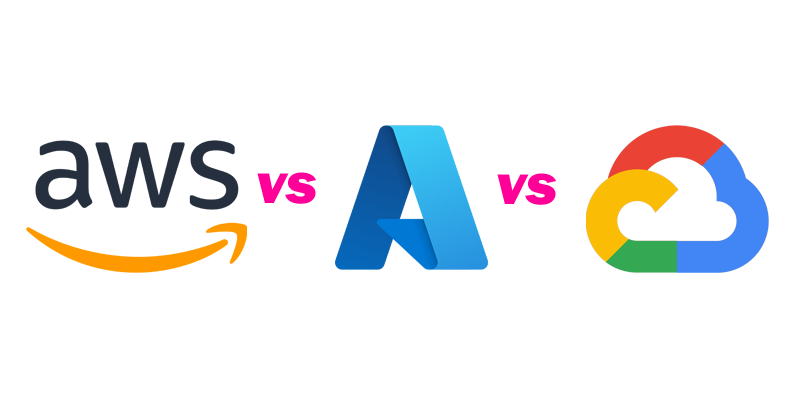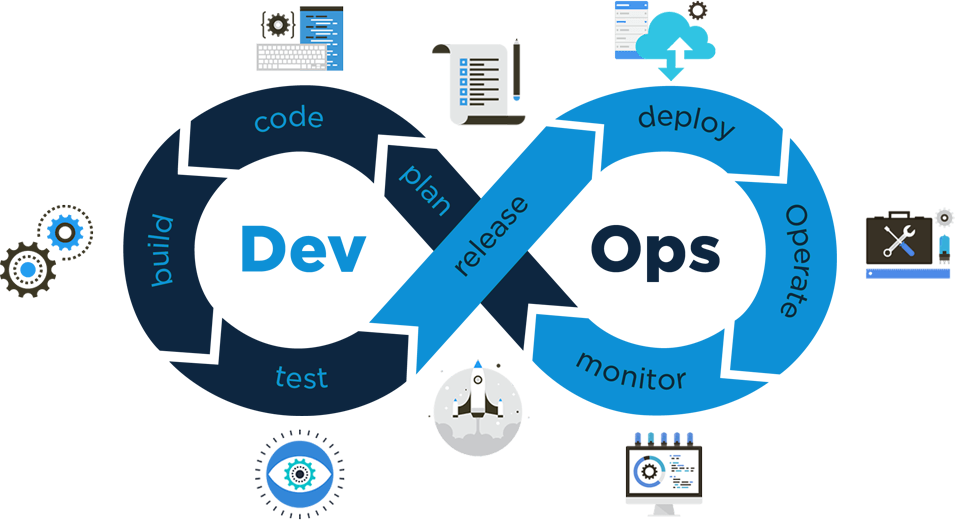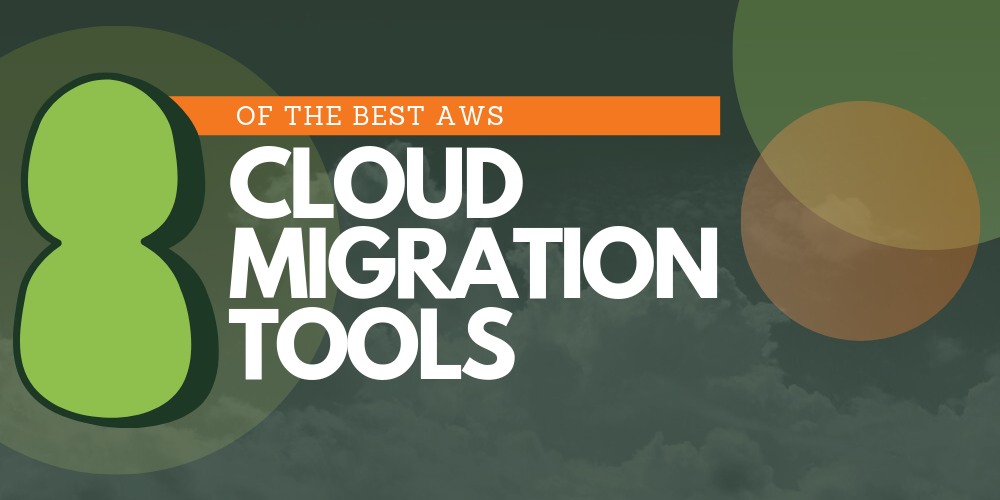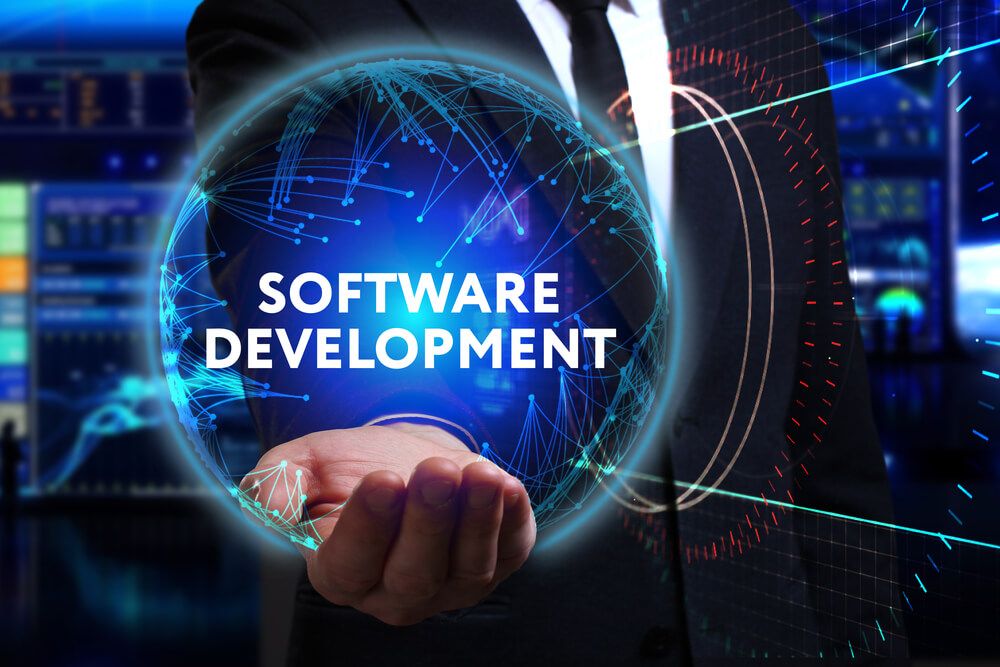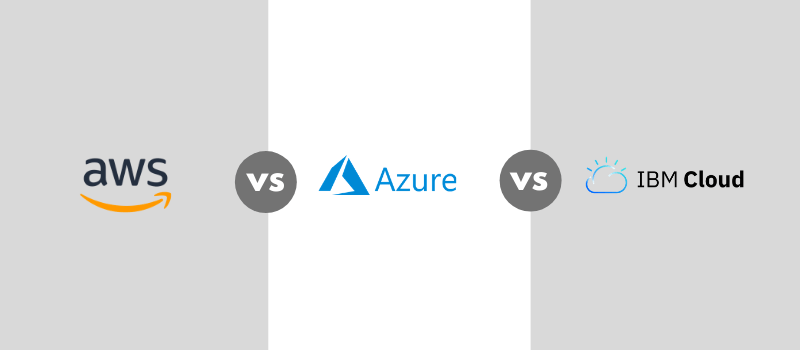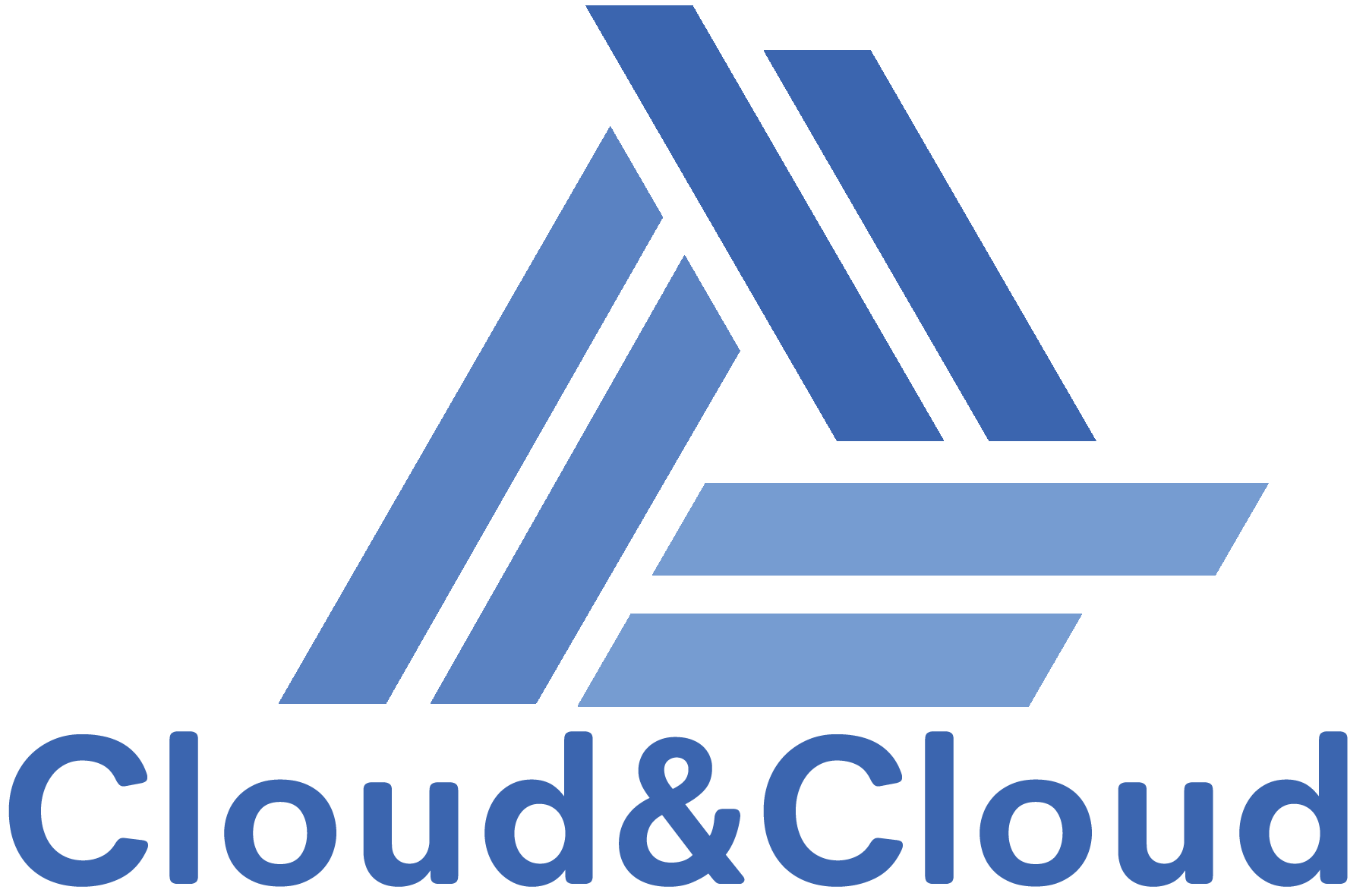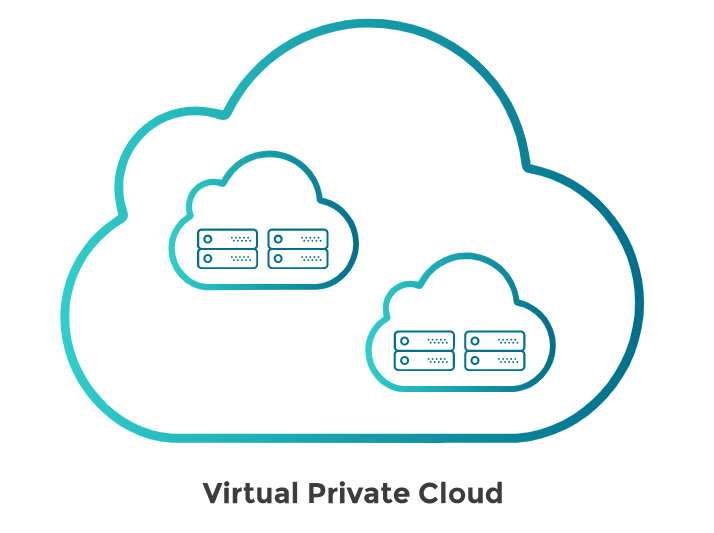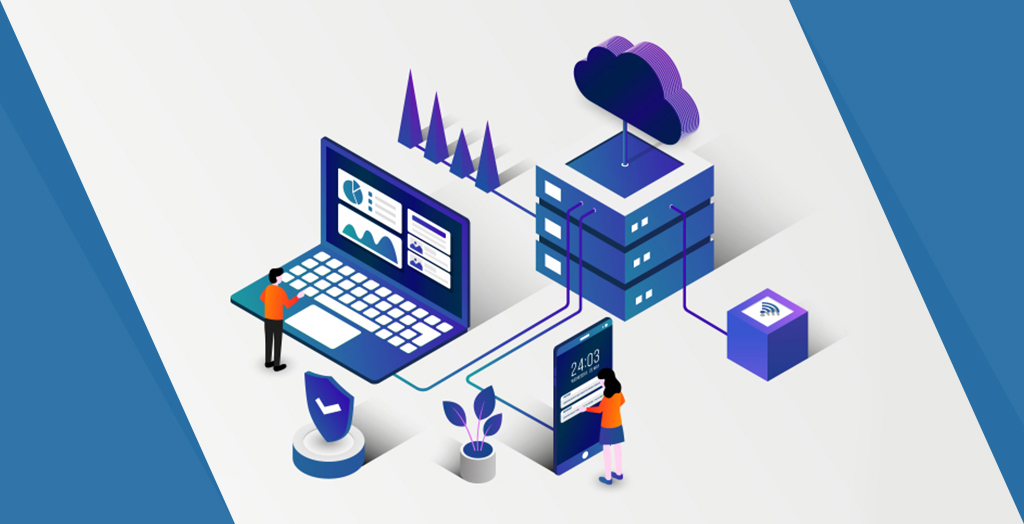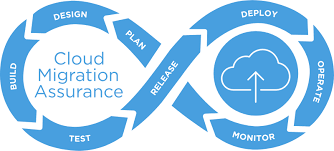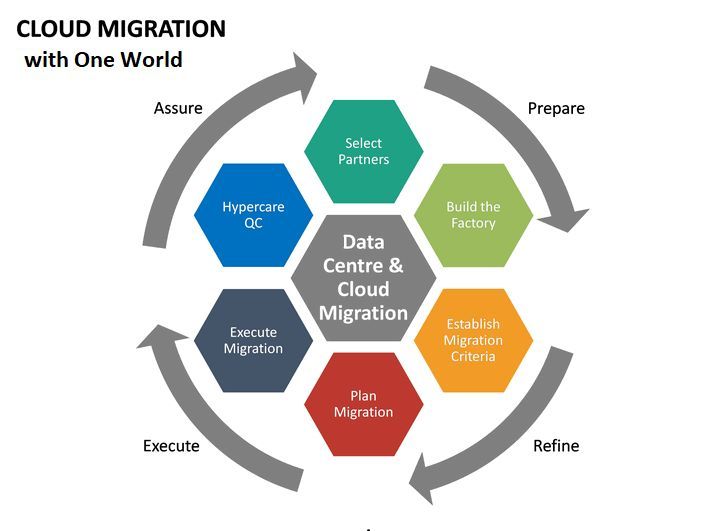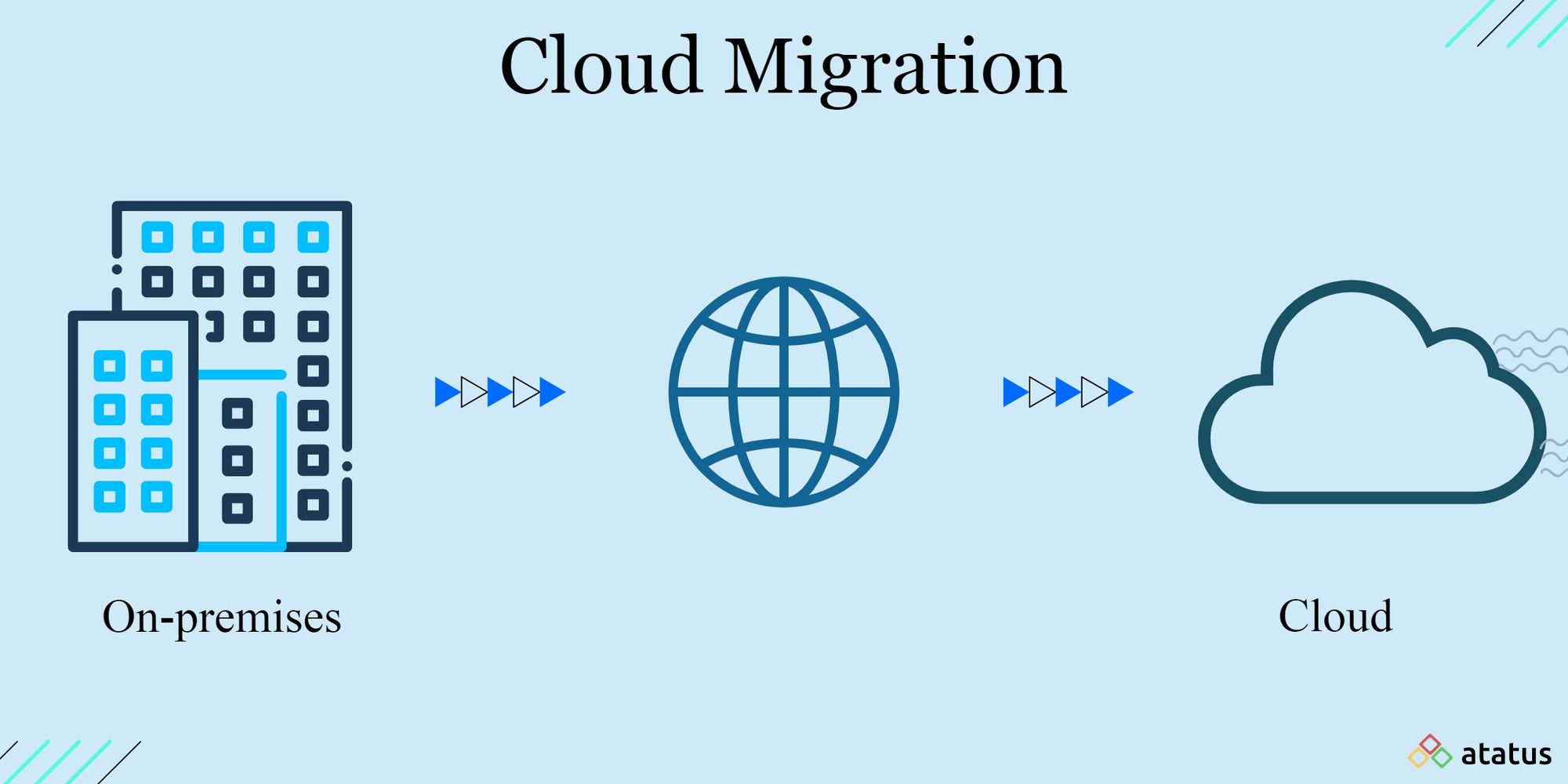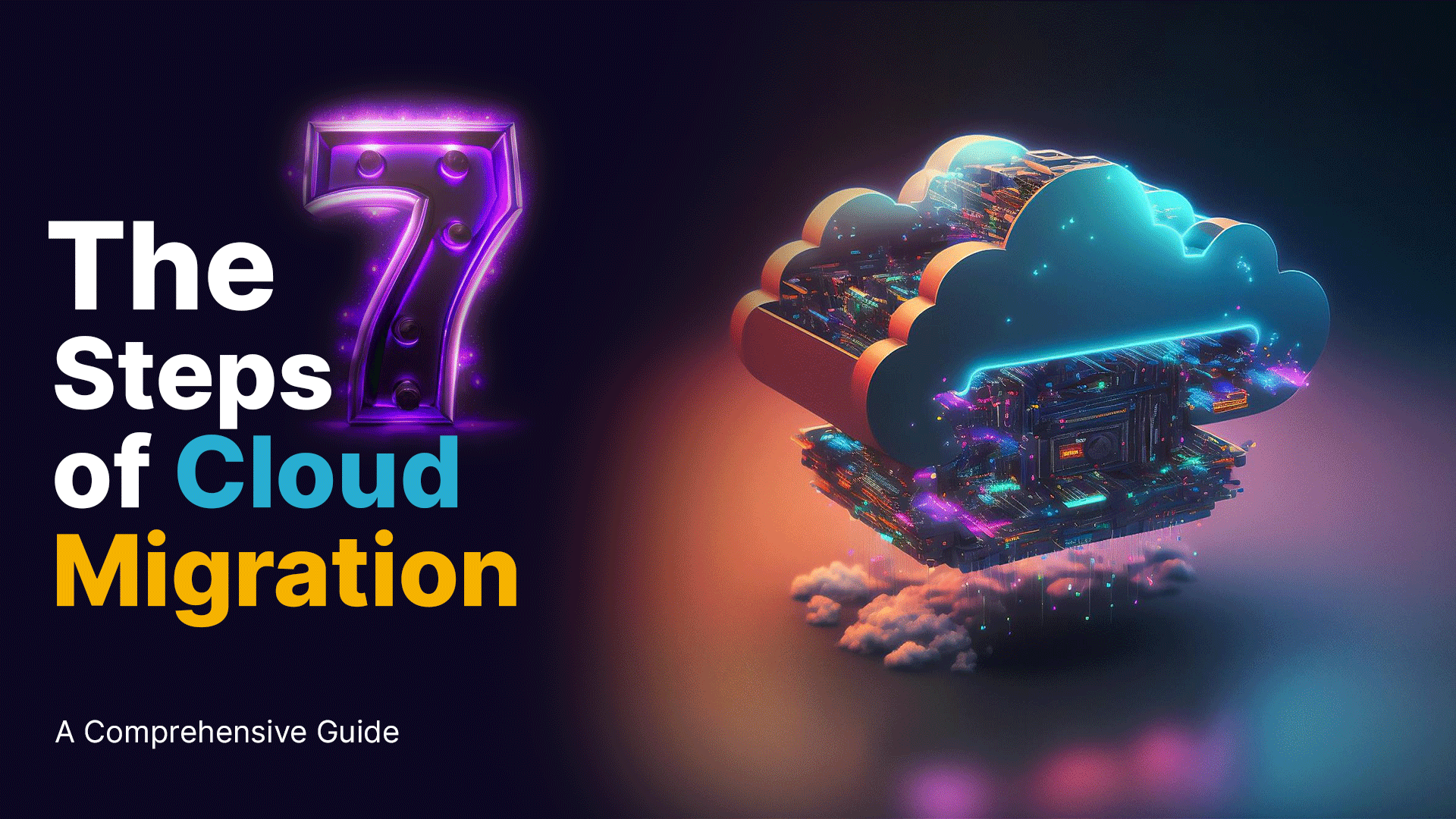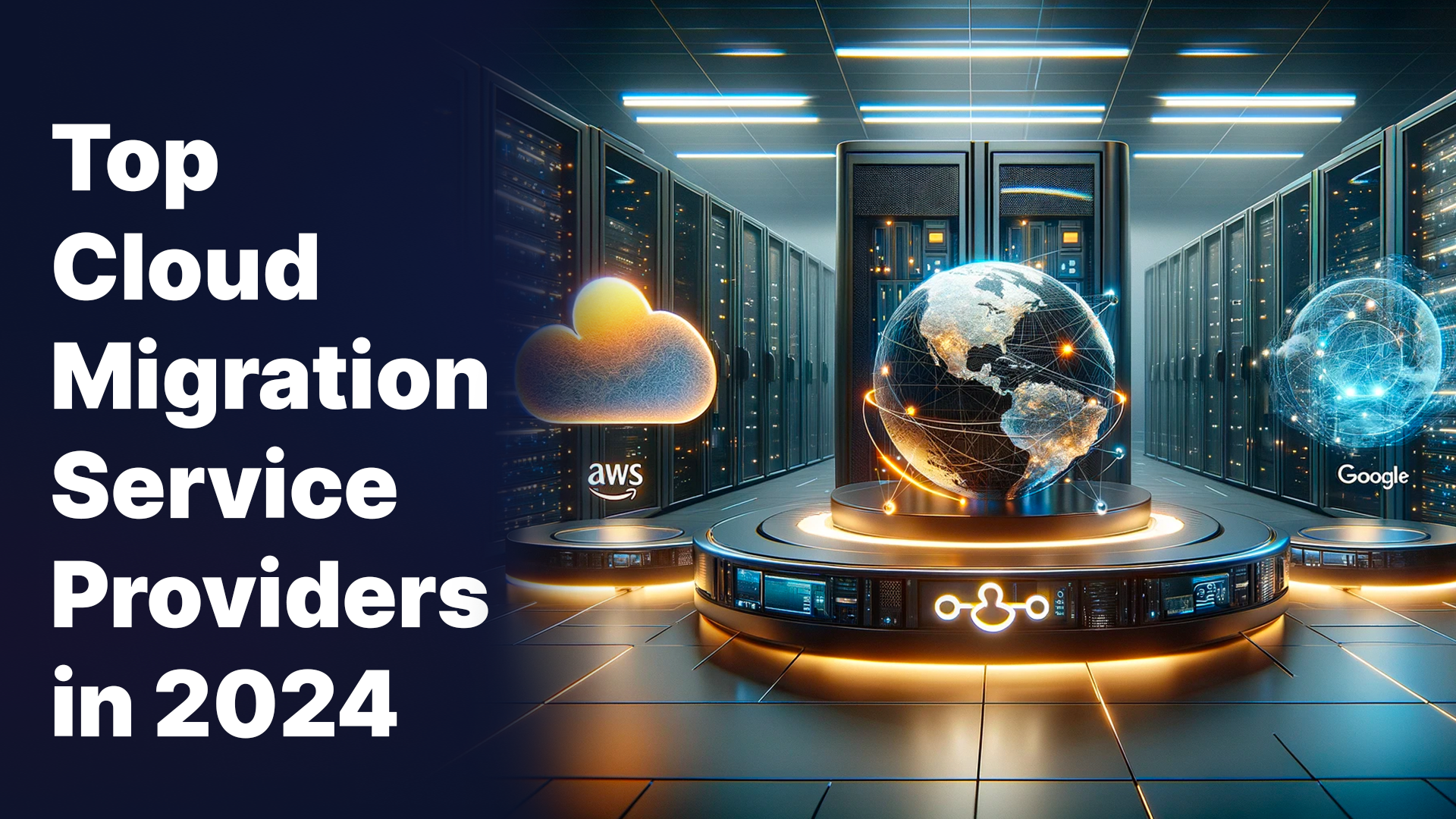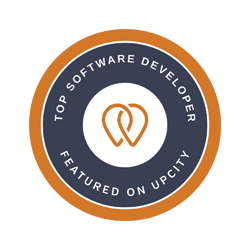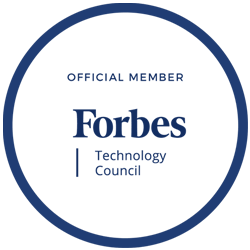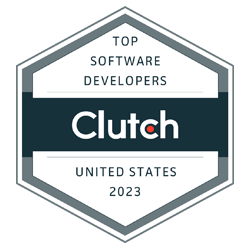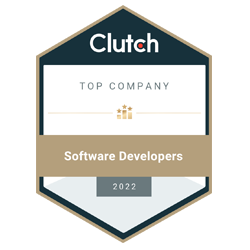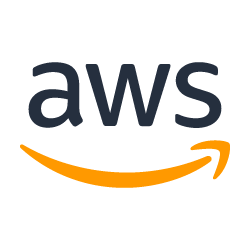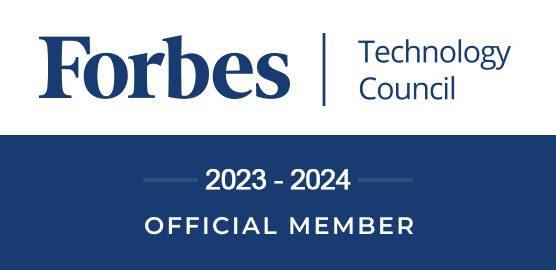Trending News and Happenings in the Software Development Industry

What are the latest happenings and trends affecting the Software Development Industry? Which practices have companies picked up on? What business processes are firms adopting? Read below to be up-to-date with the latest news in this volatile industry.
Low-code and no-code app development tools enable users to easily drag and drop blocks and features in a visual environment. Low-code tools prove helpful in fast development and widen digital access to individuals possessing little to no technical expertise. Businesses will be wise to consider how individuals outside the IT department can utilize low-code/no-code platforms to alleviate the strain on their IT departments. Additionally, developers running on a deadline will want to see how they can exploit these platforms to promote fast-paced software development.
Cyber-attacks have been gaining a frightening prominence in the news lately, due to the devastation that they can inflict upon businesses and governments worldwide. In order to efficiently guard against such attacks, businesses need to take proactive measures at the earliest possible time. This need for enhanced protection has resulted in the emergence of DevSecOps, which is a software development approach that embeds security in every layer of the traditional DevOps pipeline. DevSecOps ensures that your project’s code is crafted in a secure manner, and not made secure after the software’s development. The quicker your team can spot vulnerable areas in the code, APIs, databases etc., the faster they can be addressed. Because Cyber Security never evolves with the speed that cyber threats possess, it is wiser to prioritize security from day one.
Cloud computing and cloud-based apps and services have already become popular with consumers and large enterprises. Cloud-native software architecture is the logical next step in the digital transformation of business processes. Cloud-native software is designed specifically to run within a distributed cloud-based environment. Major tech giants like Amazon, Microsoft, and Google are offering cloud services that are more affordable and capable than ever before.
Due to the quickly spreading popularity of cloud computing and cloud-based apps, a Cloud-native software architecture is only the next logical step in the digital transformation of business processes. Cloud-native software is designed to run within a distributed cloud-based environment. Industry giants of the tech world like Microsoft, Amazon and Google are already using it. This software can be scaled on-demand, and businesses don’t have to break bank to access its features and offerings. In fact, businesses will only need to make payments for the specific resources they are utilizing, and thus reduce costs. Furthermore, cloud-native software can be deployed in a private, public or hybrid cloud infrastructure.
One of the most exciting software development trends to take notice of is microservices. Microservices are a unique way to structure an application so that every feature and function is a separate component. With this structure, developers can scale specific features independently of one another. Plus, if one component fails, the rest of the application can continue functioning without any issues.
Microservices are one of the most exciting software development technologies to take the stage this year. Microservices are a unique way of structuring an application so that each feature and function exists as a separate component. With such a structure in place, developers can scale specific features in isolation without affecting their related components. Additionally, if one component falters in performance, the rest of the application does not get bogged down. And lastly, beyond just performance, microservices make software maintenance manageable. Developers can release sections of an application to the public whilst continuing to optimize other parts of the software. In this manner, Microservices boost development and deployment efficiency and facilitate better communication between different components of a software.
